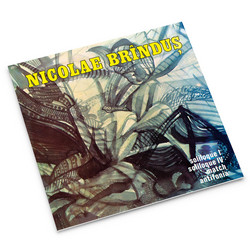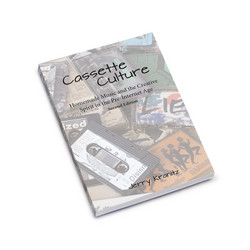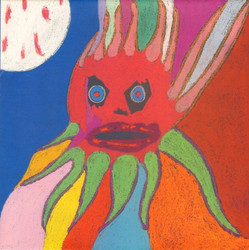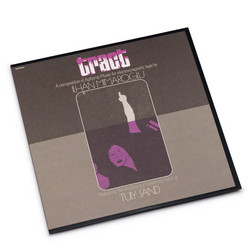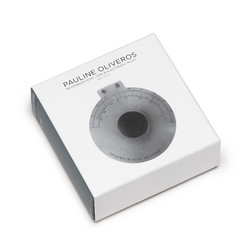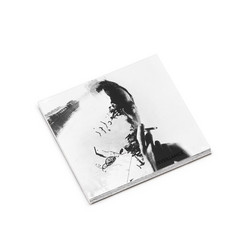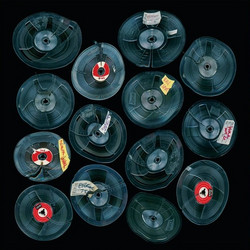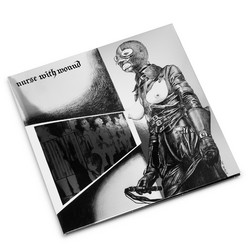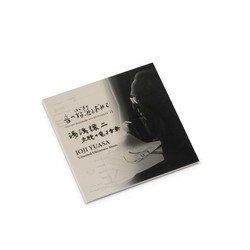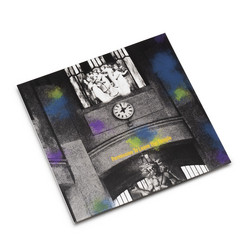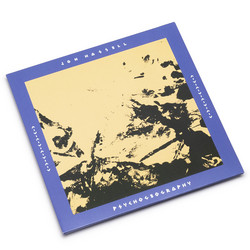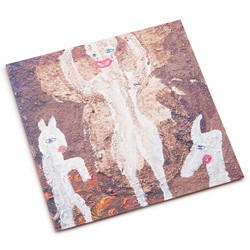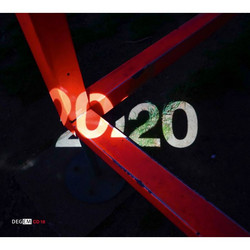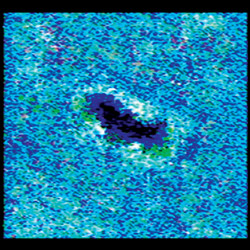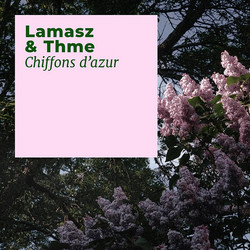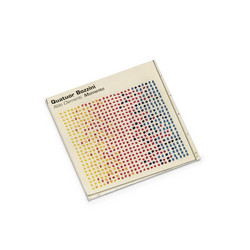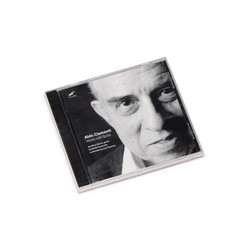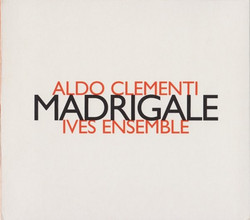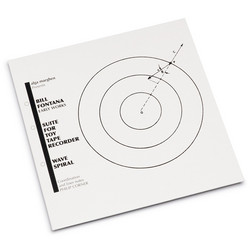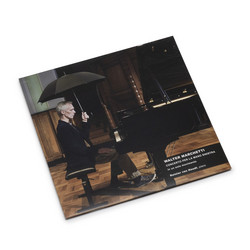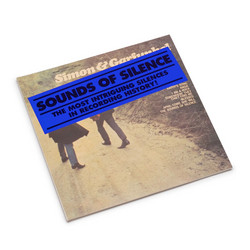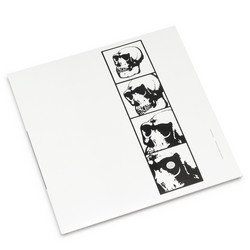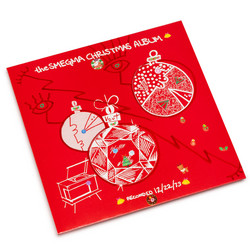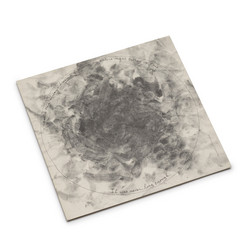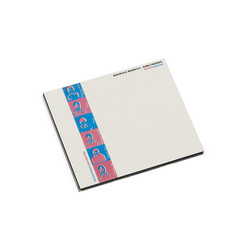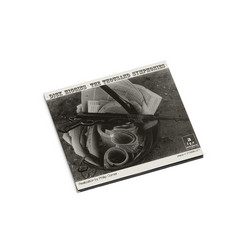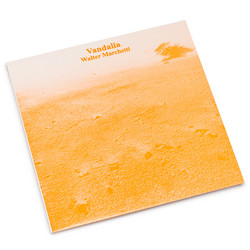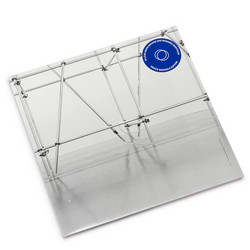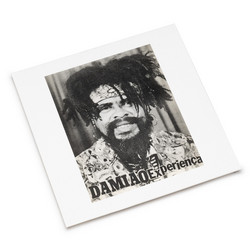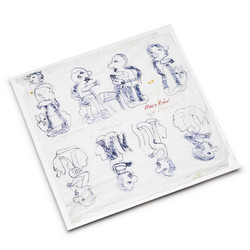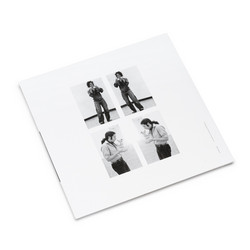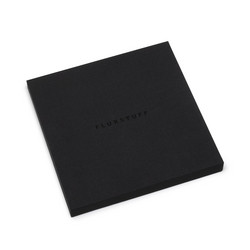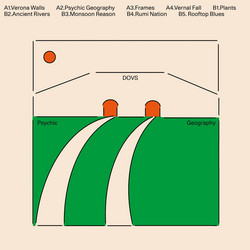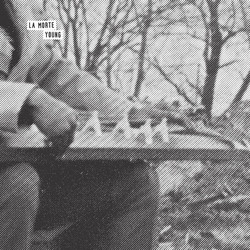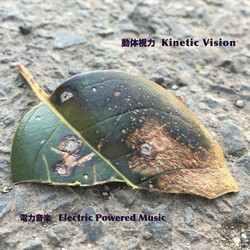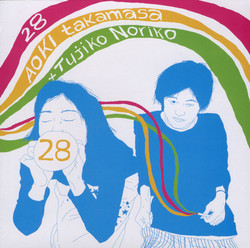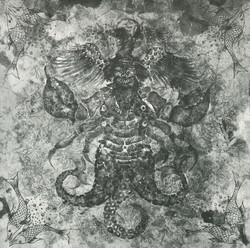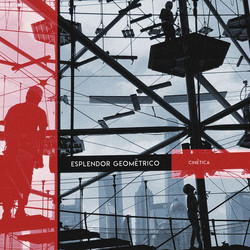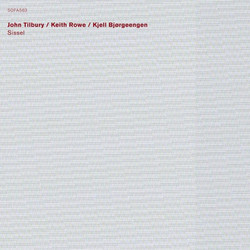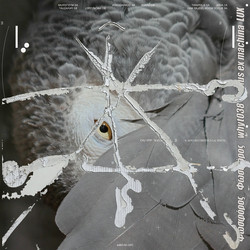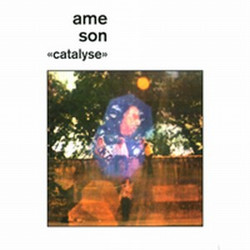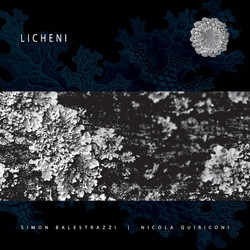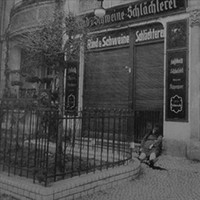Mega Tip! 300 copies only. Alga Marghen proudly presents the previously unreleased “Collage 2” and “Collage 3 (Dies irae)” for magnetic tape, both realised at the Studio di Fonologia Musicale RAI in Milan with the technical collaboration of Marino Zuccheri. These pieces are precious testimonials to Aldo Clementi’s intense and ongoing interest in electronic music in the 1960s. “Collage”, presents some of the most extreme musics ever issued by the label, at the same level as Robert Ashley's “Wolfman”, Max Neuhaus' “Fontana-Mix Feed” or Philip Corner's “Oracle”. Representing an entirely singular sound and approach to tape music that was unique to Clementi alone, once again Alga Marghen has cracked it wide open and rewritten our understanding of the history of sound
The electronic composition “Collage 2” dates from 1960. It was the first experiment with electronic music for Clementi whose original and consistence adherence to structuralism is reflected in several of his instrumental works written around that time. About this piece the composer has commented: «The title and the technique, both of the same name, are the result of my having conceived the work in terms of compositional planes created independently and later superimposed; this gives rise to absorption or emergence, intersection or isolation, all absolutely and deliberately unpredictable. The difficulties implicit in the acoustics, and consequently in the effect, of this kind of treatment, are taken for granted and accepted from the start». The first idea of “Collage 3” dates back to 1966, in the form of a short electronic collage on the Beatles’ song “Michelle”. The composer wanted to replace old concepts and clichés which had become popular and common, through the use of «natural wells of timbre, live and organic, springing from a world of symmetry and fixed blocks». This original idea underwent a drastic transformation when the RAI (the Italian radio) commissioned Clementi to write a longer work. To his initial desire to start from scratch was added the problem of a longer duration. It was only when Clementi had almost completed the piece that he gave it its final title of “Dies irae”, owing to the extreme tension that accompanied its composition.
This LP is completed by “Fantasia su roBErto FABbriCiAni” (1982) in a brand new realization live recorded on October 13th, 2022 with Alvise Vidolin as sound engineer. Following a practice adopted most famously by Bach, Brahms and Shostakovich, the “Fantasia su roBErto FABbriCiAni” for flute and tape is based on the notes corresponding to the letters in Fabbriciani’s name according to the German musical nomenclature (B flat, E, F, A, B flat, C, A). This is how Clementi describes his approaches to the electronic processing of the pre-recorded tape: «My stylistic purpose was to create a delirious labyrinth around the solo instrument like an enormous growth of vegetation that chokes out a little plant».
«Today it is incumbent on music to ponder anew upon itself, just as music has an urgent need for self-reflection». This is how Adorno expressed himself, at a time long gone but focusing on a need that is perhaps still close to us. It is precisely in this need for “self-reflection”, in this continuous and inexhaustible “questioning” that perhaps one of the most profound teachings of Aldo Clementi compositional mastery resides; a musical legacy of rare coherence and fascination that constitutes an inescapable point of reference for the ethical ideal and the palpable existential tension it testifies to us. In its highest expressions, music allows one to subtly perceive its inherent gnoseological vocation. The work of Aldo Clementi embodies one of the most striking and exemplary demonstrations of this.
